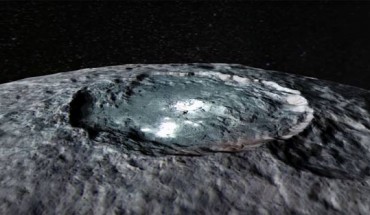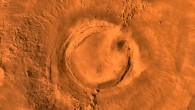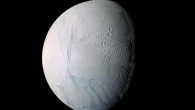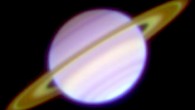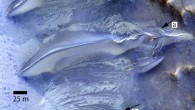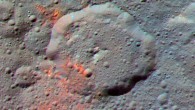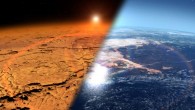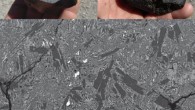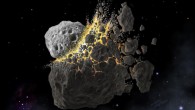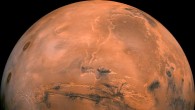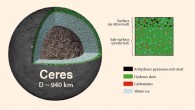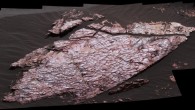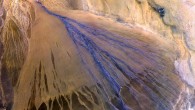Planetary researchers have long thought that the dwarf planet Ceres may have a temporary, thin atmosphere (an exosphere), but mysteries lingered about its origin and why it’s not always present. Now, scientists from NASA’s Dawn mission suggest that the Cerean exosphere appears to be related to the behavior of the Sun, rather than Ceres’ proximity to the Sun. Occator crater on Ceres. Image credit: NASA / JPL-Caltech / UCLA / MPS / DLR / IDA. When...

